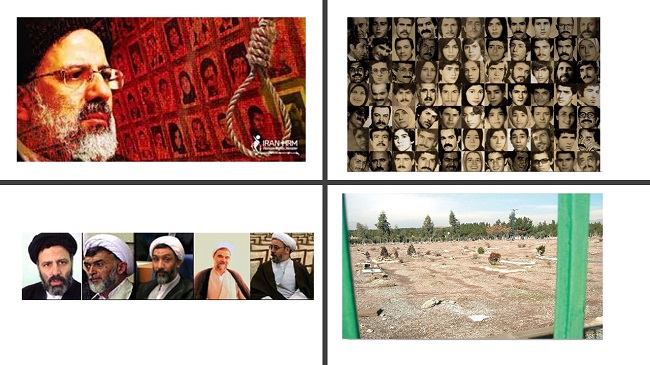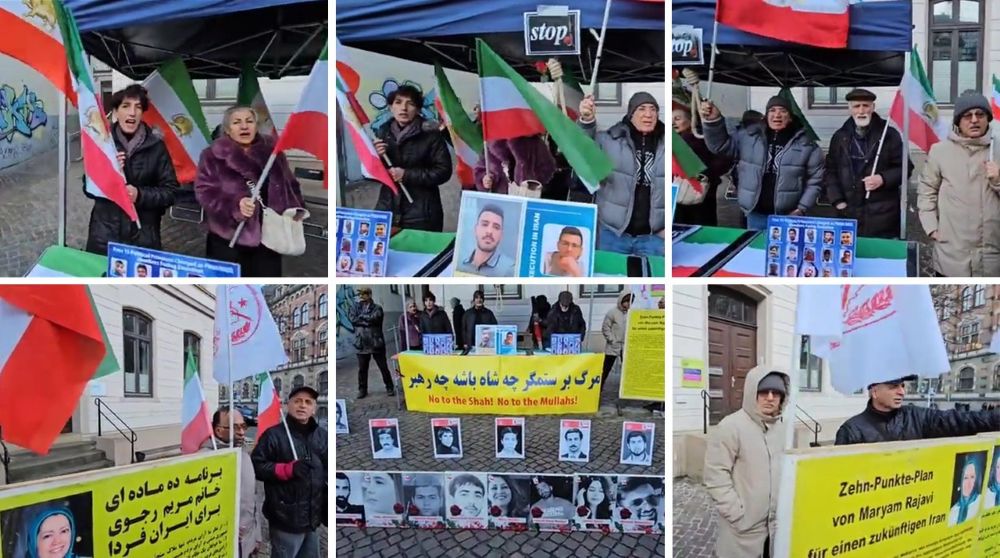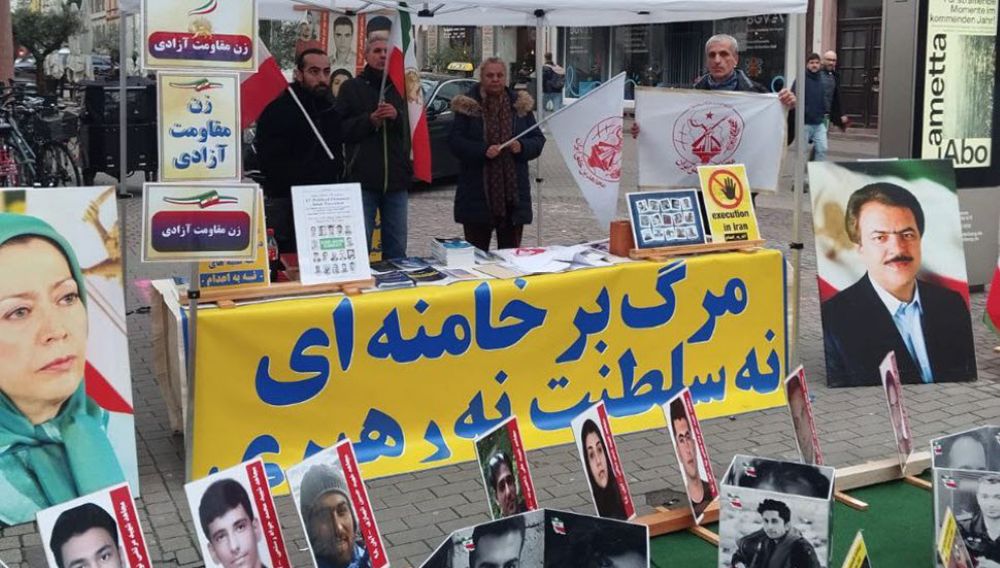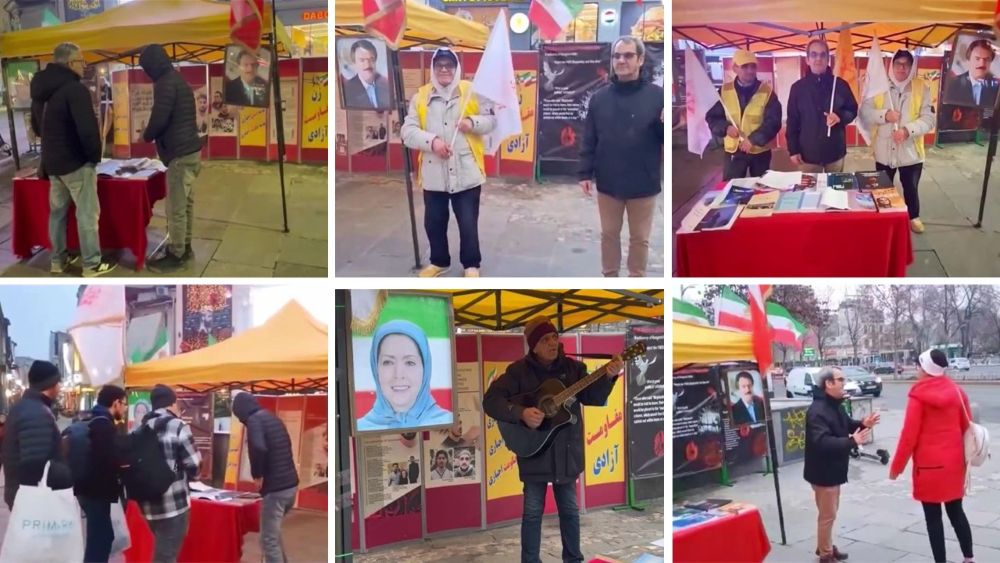Summer of 1988
Thousands of bright Iranian youths were hanged in the 1988 massacre of political prisoners. At least 30,000 across Iran. Many families lost fathers, sons, daughters, mothers. And in many cases, the entire family was eliminated.
Their fates were sealed in less than two minutes; They had been previously condemned to death, If they choose to abide by their ideals of having a free country.
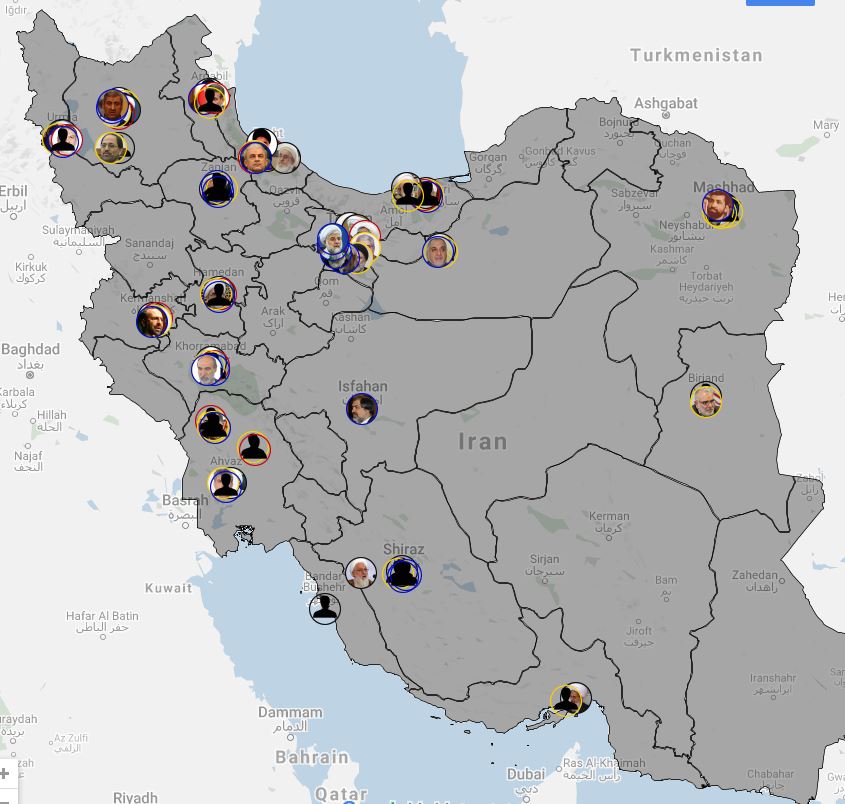
July 1988: Khomeini issued a fatwa ordering the massacre of political prisoners in Iran. In 231 words, he wasted a generation.
Death Commissions were formed shortly after to implement this fatwa; There were at least 35 commissions across Iran.
By asking a question, they decided the fate of prisoners: “Do You still support the Mujahedin-e Khalq(MEK)?”
A simple answer of yes was enough for them to send the person to the gallows.
Years after the 1988 massacre, the Death Commissions’ members enjoy systematic impunity. Some of them continue to hold senior key positions in the regime.
These officials form 63% of the total number of criminals who are still alive. This list includes Ebrahim Raisi, the regime’s new president, Mostafa Pourmohammadi, the former Justice Minister, and Alireza Avai, the current Justice Minister.
This systematic impunity should end. The world community should not stay silent about the 1988 massacre.
